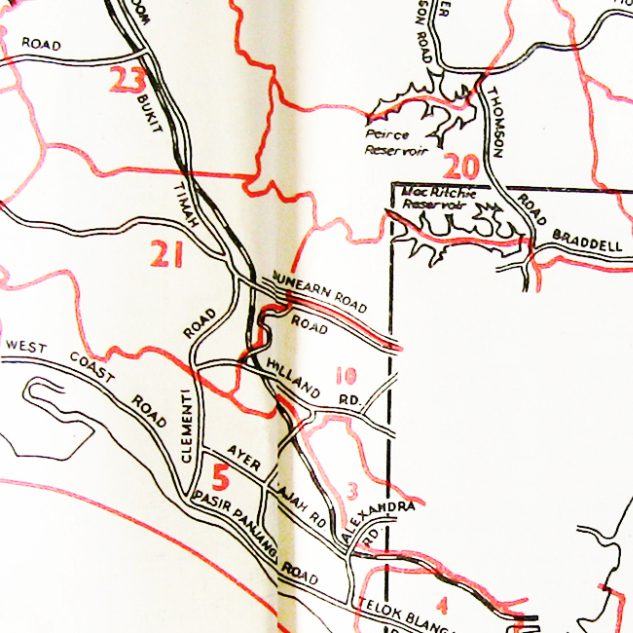
Literary Review
Gregory Sholette, “Art out of Joint: Artists’ Activism Before and After the Cultural Turn,” in The Gulf: High Culture/Hard Labor, edited by Andrew Ross(OR Books, 2015), pp. 64–85.
This essay, all 23 pages of it, investigates a terrain of art practice exemplified by its latter-day incarnation- the GULF project. This essay is quietly situated in the publication G.U.L.F by Scholette that focuses on artistic practices that “favour more direct political action” during the post-war “cultural turn” between 1965 and 1989. “Art out of joint” could be considered a chapter that contextualises the various forms of “direct actions” that preceded the GLC and the GULF coalition of artists and their collaborators.
Historical Lineage of Artists Activism
Through various examples of artists’ activism and their actions, Scholette unquestionably puts forth a historical lineage of post-war artists-led organised coalitions like Critical Art Ensemble, The Art Workers Coalition (AWC) and Guerilla Art Action Group (GAAG), that were active in the art world in the 1960s and 1970s. The essay sketches artists and artists collectives who respond to external events like the Vietnam War (outside of art) with their noncompliance with “research and art norms” during supposed moments of crisis. His thesis is very much about how artists as cultural producers become politically engaged, engage in social criticism outside of the formal vocabulary of art and attempted “activistic” activities to voice out against global issues throughout the periods of increased visibility and importance of art museums as cultural institutions.
In the view of Scholette, “as art and politics collude and collide with each other, panicked tradition-bound cultural institutions and artworld patrons pushed back against ..dangerous blurring of categories”. The blurring of categories between the institution and the role of the artists was highlighted in Sholette’s numerous historical examples in the essay, systematically archived in his writing from its earliest incarnation to the current day example of G.U.L.F that has come to support his argument. From the 1966 manifesto from the anarchist collective Black Mask/Up Against the Wall Motherfuckers to the Situationist International (from 1968) and their affiliation with university students, these coalitions signal a shift in how the array of ideas, organisational platforms, and “direct” political action became co-opted into practices of contemporary art.
The 1980s as a breed of tactical public interventions
Examples of boycotts by artists in protest of military and corporation involvement in Biennials by AWC or other similar coalition groups (e.g. Guerilla Art Action Group) continued into the 1970s and 1980s. In his essay, he charts how the 1980s brought together artists, writers, curators, gallerist, commercial dealers, architects and infiltrated alternative spaces in pushing forth these artists activisms beyond mere protest. The organisational competencies of these more tactical public interventions emerged, during a period of greater pragmatism, where artists and their collaborators became less “ideologically romantic”. This self-reflexivity enabled the protests campaigns to be more politically confrontational and noticed by various political and cultural leaders and the general public as well. Amplified by the mass media and “acting as public intellectuals, cultural producers demanded that national leaders, as well as museum directors, live up to democratic ideals”, Scholette in his essay lays out that through his various examples, acts of solidarity between cultural producers and human-rights groups possibly resulted in greater solidarity between populations and amplified the artists call for change.
He concludes his essay by summing up that the more contemporary examples of GLC, Liberate Tate and Occupy Museums were a clear continuum of direct actions started by the earlier waves in the 1960s and 1980s. An important difference between these 20th-century forms of protests is the “absence today of an ideological counter-narrative to capitalism, and…belief that cultural producers bring something extraordinary to the underprivileged masses via the elevated benefits of serious art”. With this premise, he has set out that contemporary art has come a long way in wielding greater power in opposition to the might of politics, institutions and the state. What is somehow lacking in his argument is primarily the effect (and affect) created by these public interventions. How much of these acts of “art out of joint” had created greater awareness of global populations which in his view are caught in the cruel cycle of precarity?
The questions that resonated
As a result of the literary review of this essay, some pertinent questions came to the fore.
- Can art and the ethics surround its creation transcend geographical boundaries in creating greater awareness of global populations caught in the cruel cycle of precarity?
- Could and Should art be politicised?
- If so, what is the aesthetic core of this activism, if it exists?
Some extended reading includes:
- Say, Jeffery and Yu Jin, Seng. (2016). Histories, Practices, Interventions: A Reader in Singapore Contemporary Art. Singapore: Institute of Contemporary Art, LASALLE.
- Bishop, Claire. (2012). Artificial Hells: Participatory Art and the Politics of Spectatorship. London: Verso Books.
- Decter, Joshua. (2013). Art is a Problem. Austria: JRP | Ringier.
- Stimson, B. and Sholette, G. (eds.) (2007). Collectivism after Modernism: The Art of Social Imagination after 1945. Minneapolis, MN and London: University of Minnesota Press.
- Sholette, G., & Lippard, L. (2017).Delirium and Resistance: Activist Art and the Crisis of Capitalism (Charnley K., Ed.). London: Pluto Press.
- http://www.gregorysholette.com/ and his other essays and videos:
- http://www.gregorysholette.com/wp-content/uploads/2017/10/Encountering_The_Counter_Institution_Sholette_2016.pdf
- https://www.youtube.com/watch?v=F8KAopK0M-o
- http://www.gregorysholette.com/wp-content/uploads/2017/10/A_User_is_Haunting_the_Art_World_a_book.pdf
